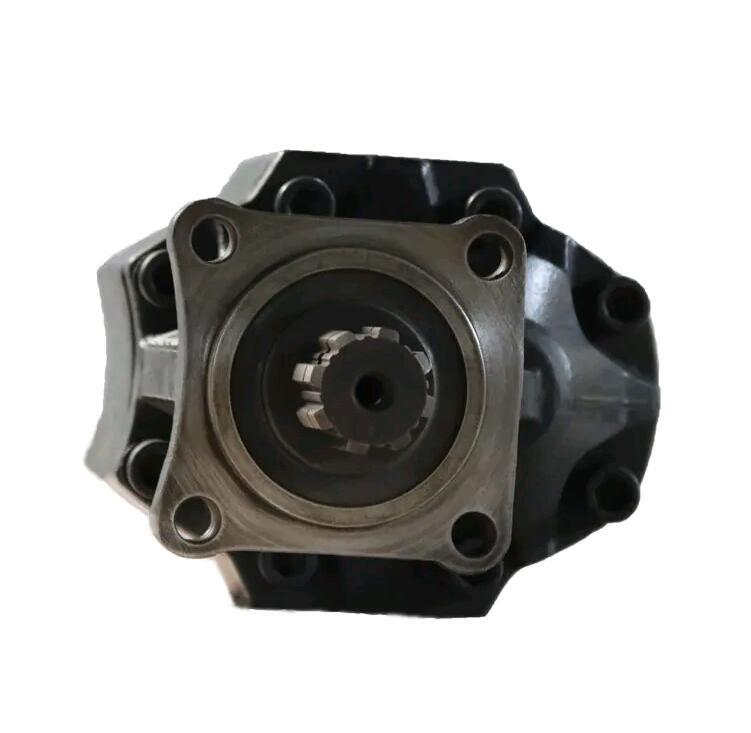Hydraulic gear pumps are among the most commonly used pumps in various industries due to their simple design, reliability, and efficiency. They are essential components in hydraulic systems, providing consistent fluid flow and pressure for a wide range of applications, from construction machinery to automotive systems.
One of the primary features of hydraulic gear pumps is their simple design. These pumps consist of two interlocking gears, a drive gear, and a driven gear, that rotate to create pressure and flow. This simplicity leads to fewer parts, making the pump more durable and less prone to failure. The design is also compact, allowing gear pumps to be used in tight spaces where other pumps might not fit.
Hydraulic gear pumps are known for delivering a steady, pulsation-free flow of fluid. The interlocking gears trap and move fluid in a continuous manner, which minimizes flow variation and ensures stable system operation. This feature is crucial in systems that require smooth and predictable performance, such as in construction equipment or manufacturing machinery.
Due to their rugged construction, hydraulic gear pumps are highly durable and can withstand tough operating conditions, including exposure to contaminants, high pressures, and varying temperatures. This makes them ideal for applications in industries like mining, agriculture, and oil and gas, where reliability is paramount.
While gear pumps are typically used in low to medium-pressure applications, they are highly efficient in converting mechanical energy into hydraulic energy. Their design minimizes energy loss, ensuring that power is used effectively. This efficiency can result in lower energy consumption and operational costs.
Another significant feature of hydraulic gear pumps is their low maintenance requirements. Due to their simple construction, these pumps are easy to inspect and service, which helps reduce downtime and maintenance costs. Regular monitoring and basic maintenance are usually sufficient to keep gear pumps running efficiently.

MODEL KP-75A
The oretical
exhaustion
ml/r 72
Rated revolution
rpm 800
Min. Revolution
rpm 350
